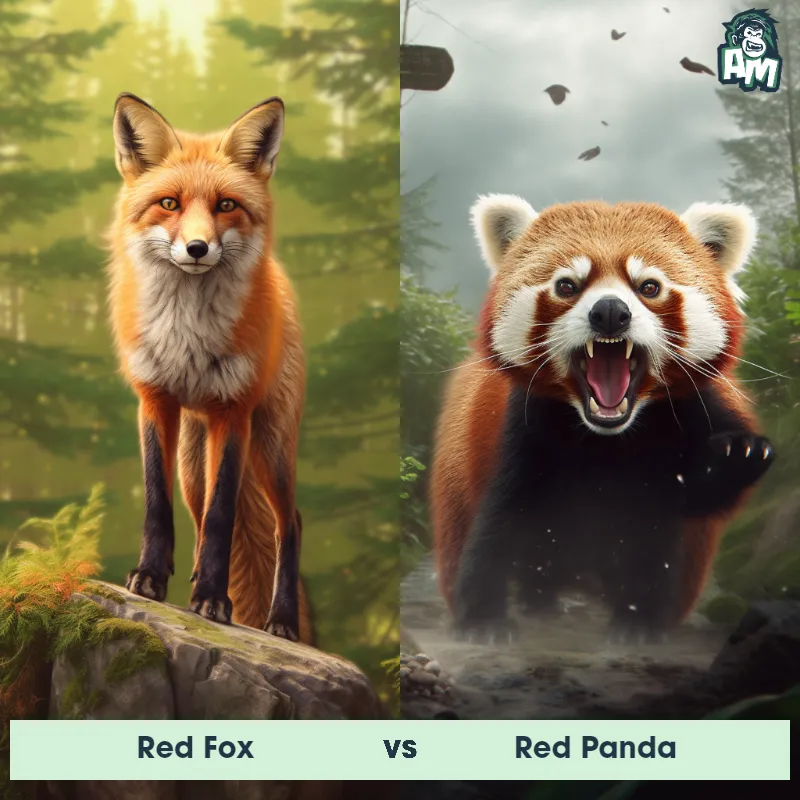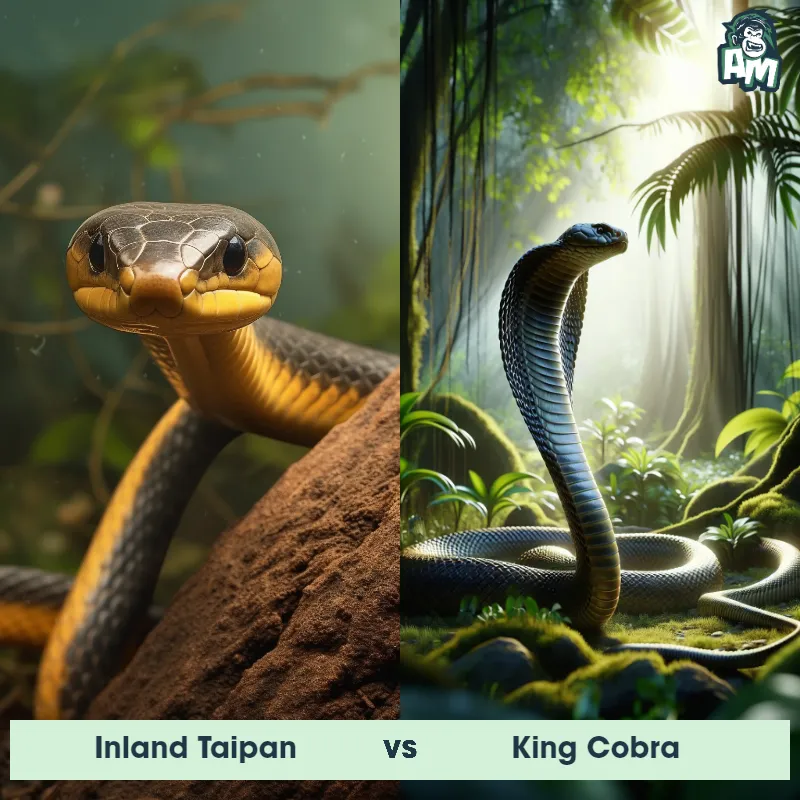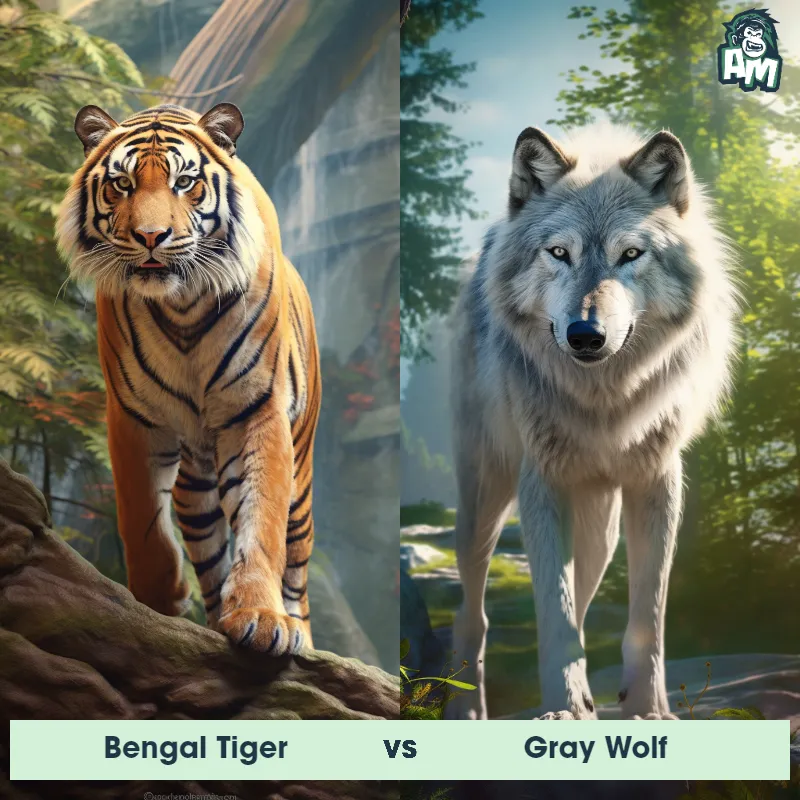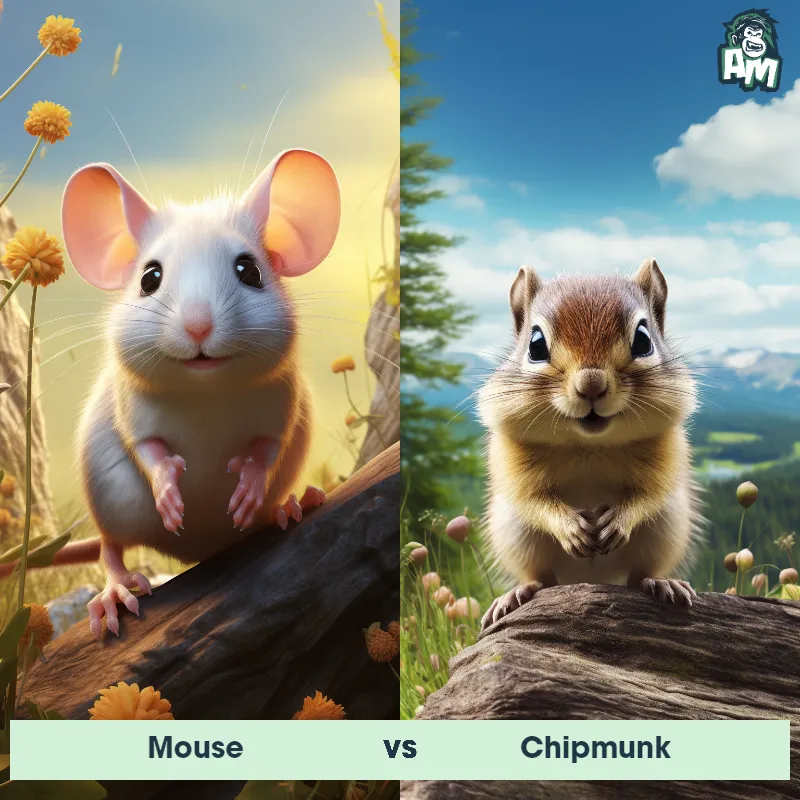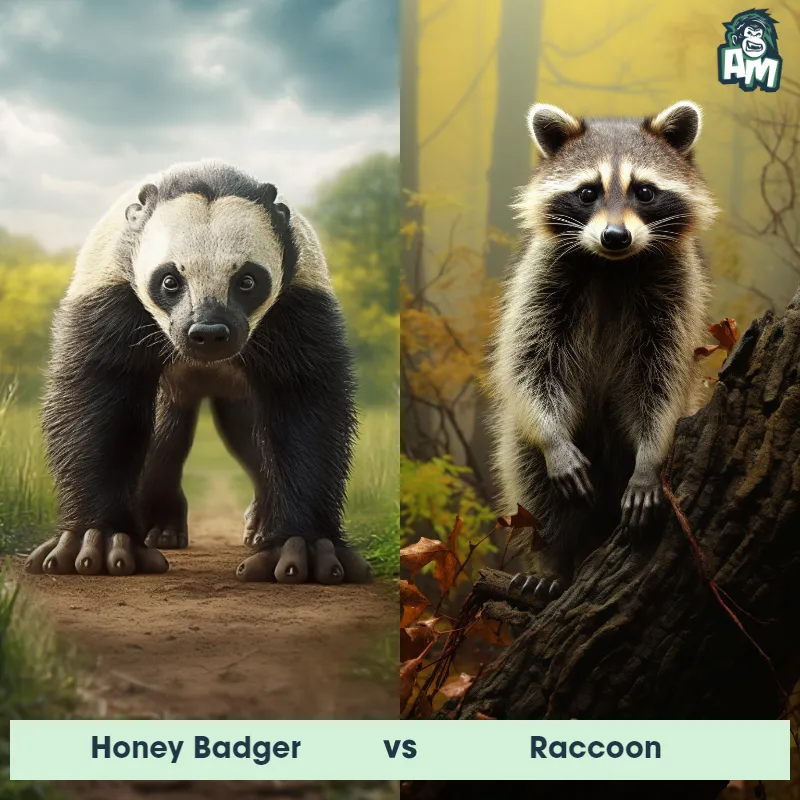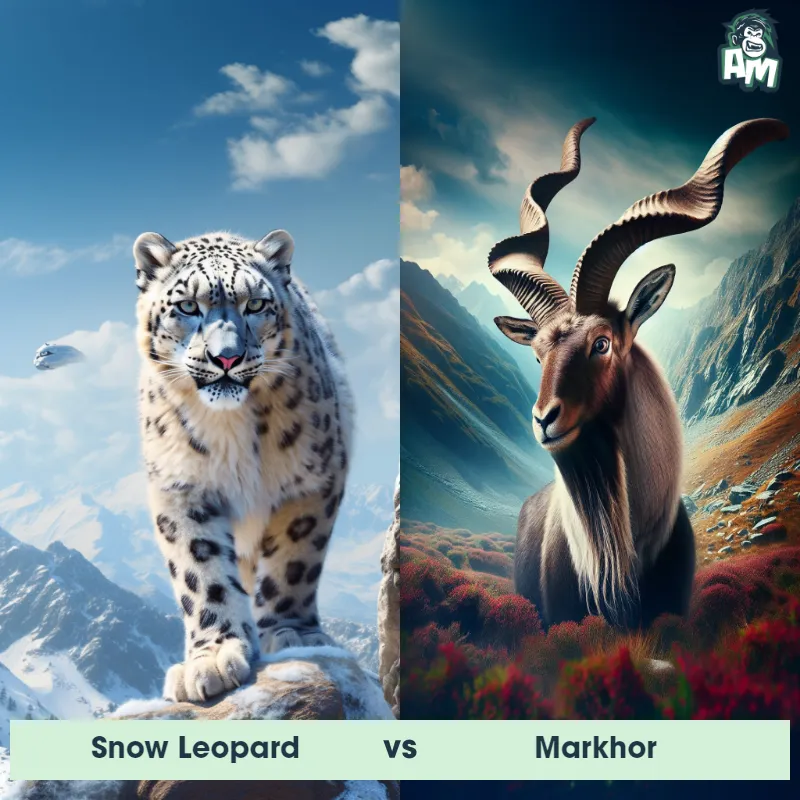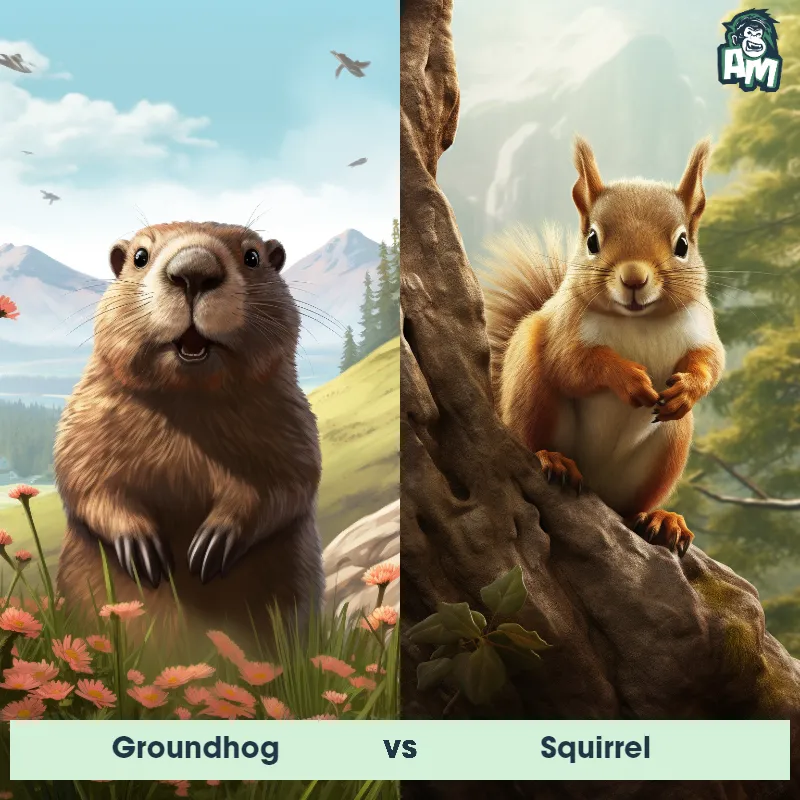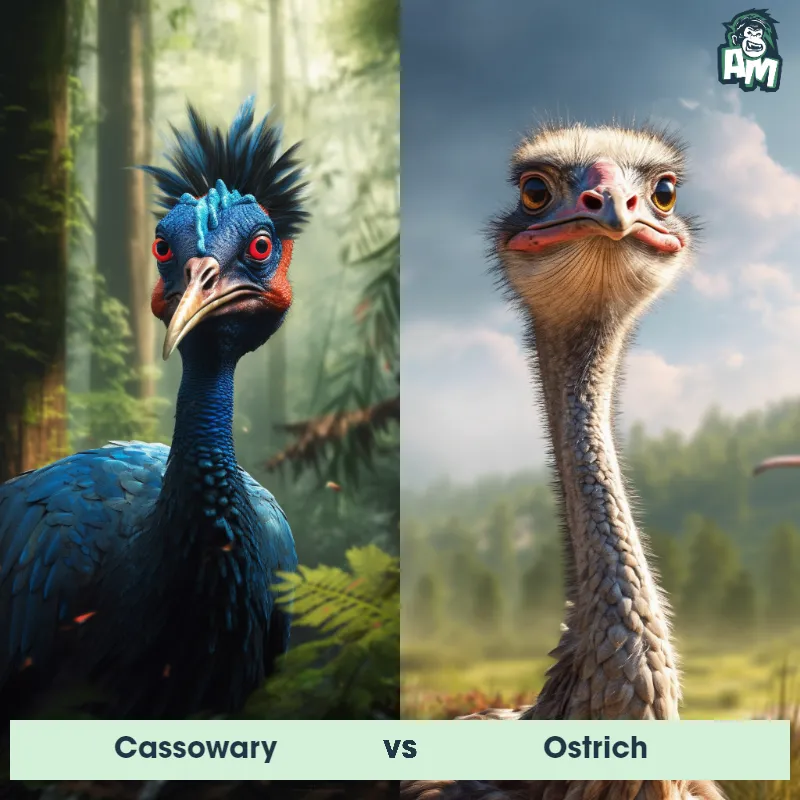Cassowary vs LionSee Who Wins

Ladies and gentlemen, welcome to this fascinating matchup between two fierce competitors, the Cassowary and the Lion. With their incredible strength and agility, this promises to be an intense battle. Both animals are in prime condition, ready to showcase their cunning tactics and fighting skills. Without further ado, let's jump right into the action!
Contender 1: Cassowary
The Cassowary is a large, flightless bird native to the tropical forests of Australia and New Guinea. They are known for their striking appearance, with a tall, colorful casque on their head, bright blue neck and head, and black feathers covering their body. Cassowaries are also known for their powerful legs and sharp claws, which they use for defense and to navigate through dense vegetation. They are omnivores, feeding on a variety of fruits, insects, and small animals.
Fun Fact: Cassowaries are considered one of the most dangerous birds in the world, with a reputation for being aggressive and territorial. They have been known to attack humans and other animals with their sharp claws and powerful legs, which can deliver a deadly kick.
Contender 2: Lion
The lion, often referred to as the 'king of the jungle,' is a large, powerfully built cat known for its tawny coat and, in males, a magnificent mane. They are native to Africa and a small region in western India. Adult male lions can weigh up to 420 pounds, while females, who are primarily responsible for hunting, are slightly smaller. Lions are social animals and live in groups called prides, which are usually composed of related females, their cubs, and a small number of adult males.
![[object Object] Gif](https://tenor.com/view/lion-yawning-yawn-tired-exhausted-gif-12230852.gif)
Fun Fact: Lions are the most socially inclined of all wild felids, most of which remain quite solitary in nature.
Matchup Stats
| Cassowary | Lion | |
|---|---|---|
| Size | Up to 5.6 feet (1.7 meters) tall | 4.5 to 6.5 feet long (body length), 3.5 to 4 feet tall at the shoulder (1.4 to 2 meters long, 1 to 1.2 meters tall) |
| Weight | Up to 167 pounds (76 kilograms) | Up to 420 pounds (190 kilograms) |
| Speed | Speed: 31 mph (50 km/hr) | 50mph (80km/h) |
| Key Strength | Powerful legs and sharp claws | Powerful build, strong jaws, sharp claws |
| Biggest Weakness | None | Less agile compared to other big cats, dependent on strength and power |
Current Votes
Cassowary vs Lion
See Who Wins
View More Matches
Looking For More?
Similar Matches
Scientific Stats
| Cassowary | Lion | |
|---|---|---|
| Scientific Name | Casuarius casuarius | Panthera leo |
| Family | Casuariidae | Felidae |
| Habitat | Tropical forests | Grasslands, savannas, dense bush, and woodlands |
| Geography | Australia and New Guinea | Africa and a small region in western India |
| Diet | Omnivorous | Carnivorous, primarily large ungulates |
| Lifespan | 10 years - 20 years | 10 years - 14 years |
Key Differences between Cassowary and Lion
- Features: The Cassowary has a casque, a bony crest on top of its head, which serves as protection, while the Lion possesses prominent canine teeth, sharp claws, and a set of retractable claws.
- Social Behavior: The Cassowary is predominantly solitary and territorial, usually found alone or in small family groups, whereas the Lion is a highly social species, living in prides composed of several related females and their offspring, with one or more dominant males.
- Habitat: The Cassowary is found in rainforests and dense vegetation of New Guinea and northeastern Australia, while the Lion inhabits the grasslands, savannas, and open woodlands of Sub-Saharan Africa.
- Size: The Cassowary is a large flightless bird that stands around 5 to 6 feet tall, while the Lion is a big cat species that typically measures around 3.5 to 4.5 feet at the shoulder.
- Shape: The Cassowary has a compact and robust body shape with powerful legs, a long neck, and a small head, whereas the Lion has a large and muscular body with a long tail and a rounded head.
- Color: The Cassowary has black feathers covering most of its body, with a blue face and a bright red crest on its head, whereas the Lion has a tawny or golden coat, usually with a lighter shade on its belly, and a mane around its head.




